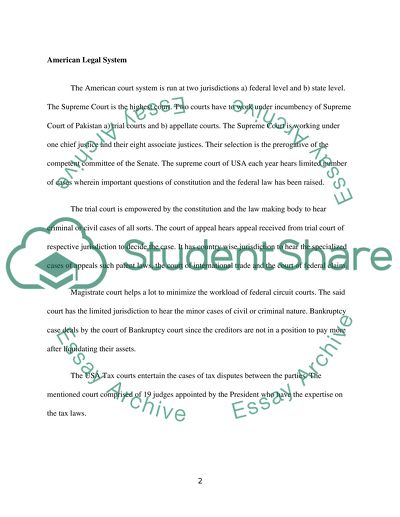Cite this document
(“American and European Union competition law Essay”, n.d.)
American and European Union competition law Essay. Retrieved from https://studentshare.org/law/1399671-for-each-document-attached
American and European Union competition law Essay. Retrieved from https://studentshare.org/law/1399671-for-each-document-attached
(American and European Union Competition Law Essay)
American and European Union Competition Law Essay. https://studentshare.org/law/1399671-for-each-document-attached.
American and European Union Competition Law Essay. https://studentshare.org/law/1399671-for-each-document-attached.
“American and European Union Competition Law Essay”, n.d. https://studentshare.org/law/1399671-for-each-document-attached.


